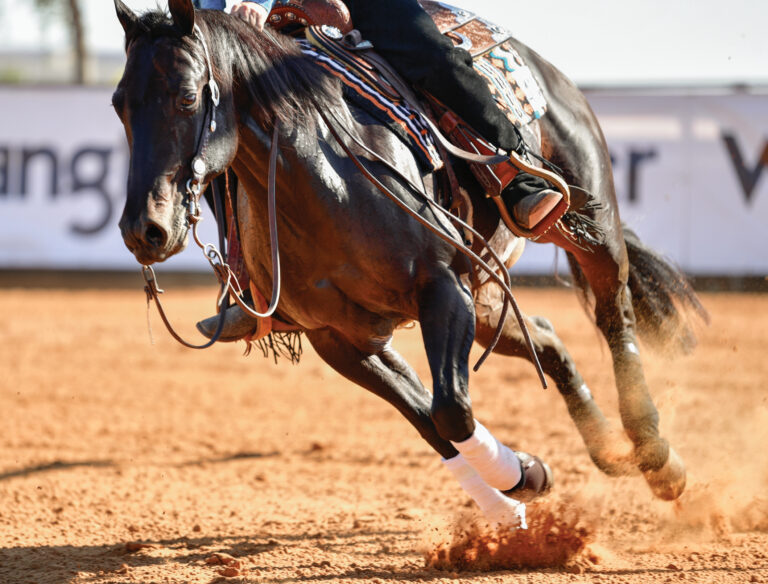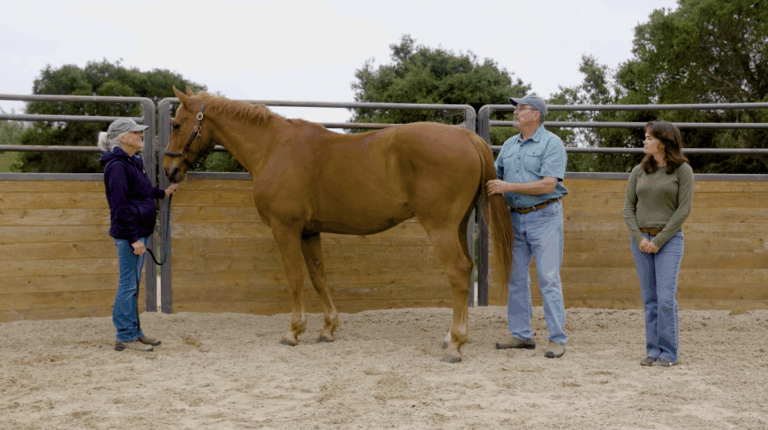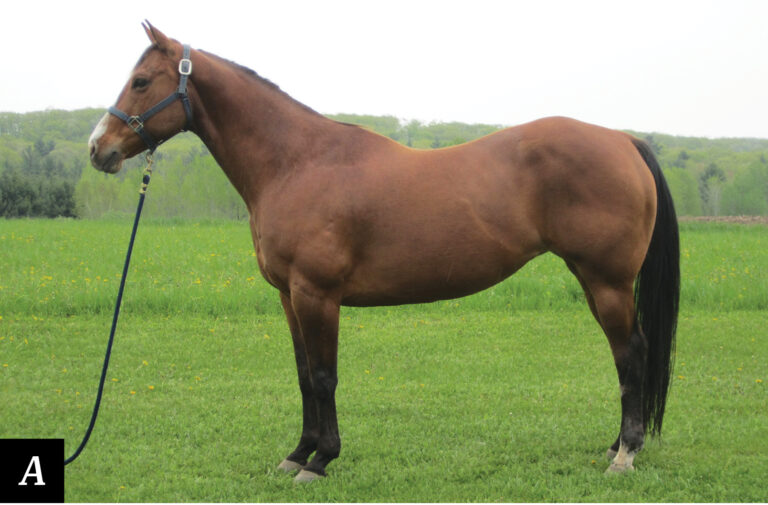This article is part of our Joint and Hoof Health Awareness Month brought to you by Cosequin Joint Health Supplements.

Just as you might “feel” the winter cold in your bones more with each passing year, your older arthritic horse often experience more discomfort in his joints as the temperature drops. Here are three ways you can help him cope with colder weather.

Photo by ashva/stock.adobe.com
1. Ensure that he gets exercise.
You may be tempted to tuck an older arthritic horse into a warm, snug stall during cold weather, but confinement can exacerbate his arthritis. However, exercise will not only keep the tendons, ligaments, and muscles in good condition, but will encourage movement of the synovial fluid within joints. You can turn an older horse out in almost any weather as long as he has a thick natural coat or blanket and shelter from the wind. If you don’t have a suitable turnout space, consider putting your horse in an indoor arena for several hours each day. Or commit to regular handwalking.
2. Manage your footing.
When an arthritic horse’s joints don’t move as freely as they used to, negotiating tricky winter footing can be difficult. And it’s not just slick, icy surfaces you need to worry about. Frozen, churned up or hoofprint-riddled mud can be hazardous. Maintain your riding spaces and paths around the barn to keep them smooth and ice-free. Treating entire pasture spaces isn’t feasible. So focus on the run-in sheds, areas near gates, troughs and hay feeders, and natural paths horses take between them.
3. Support his joint health.
If your arthritic horse isn’t already on a supplement designed for joint health, winter might be the time to try one. Cosequin’s ASU Pellets are easy to use and help support your horse’s cartilage and joints. Plus the pellet form makes it easy to feed.
Learn More about Joint and Hoof Health Month Here:




